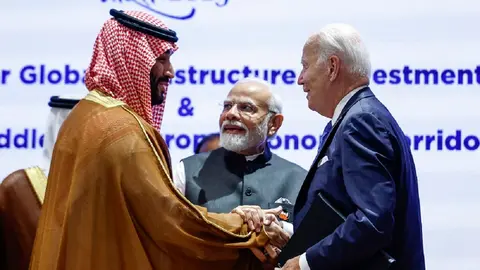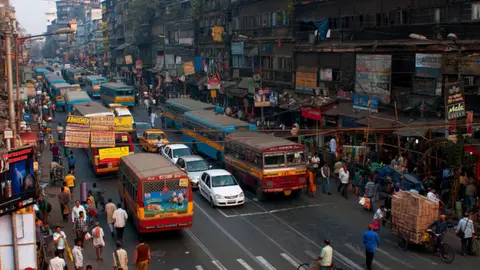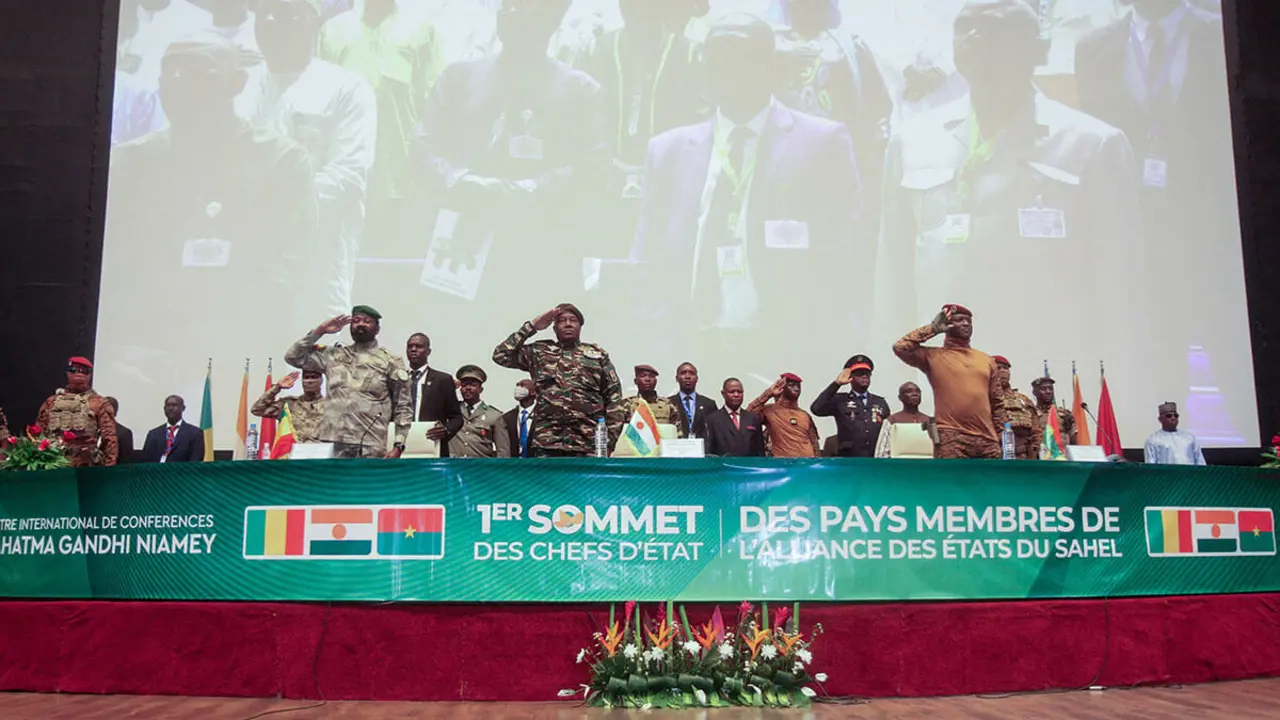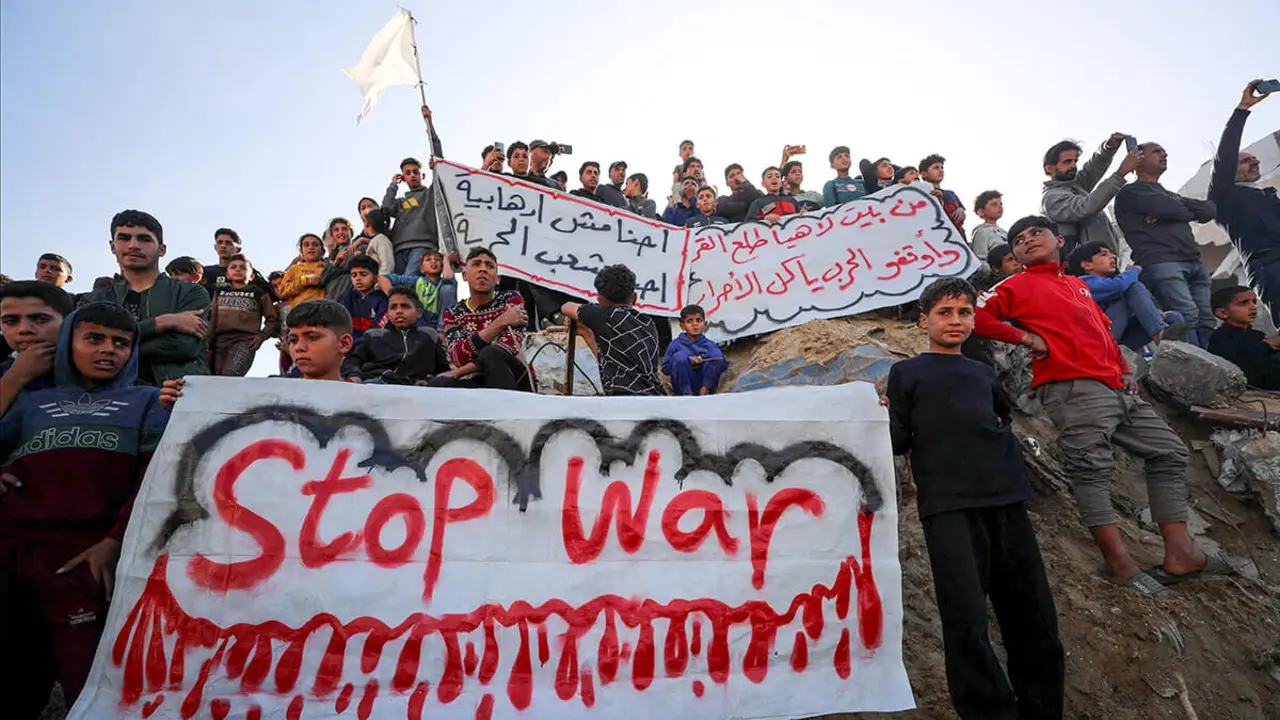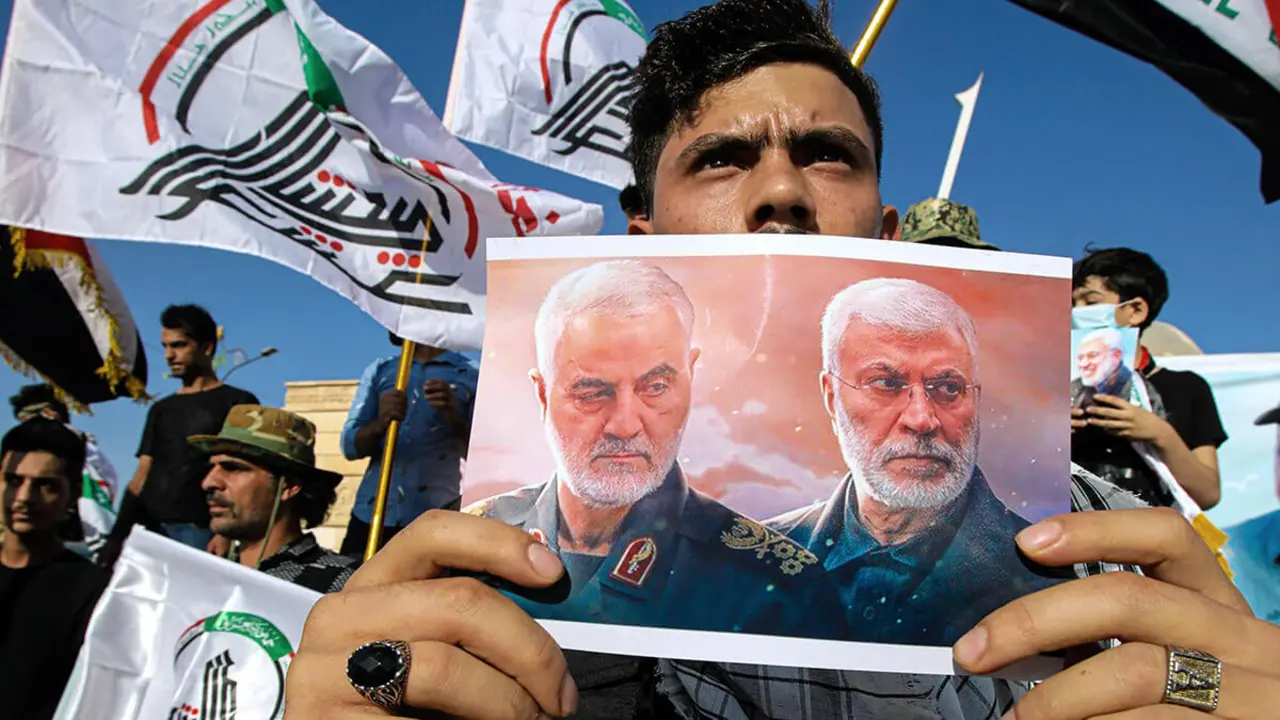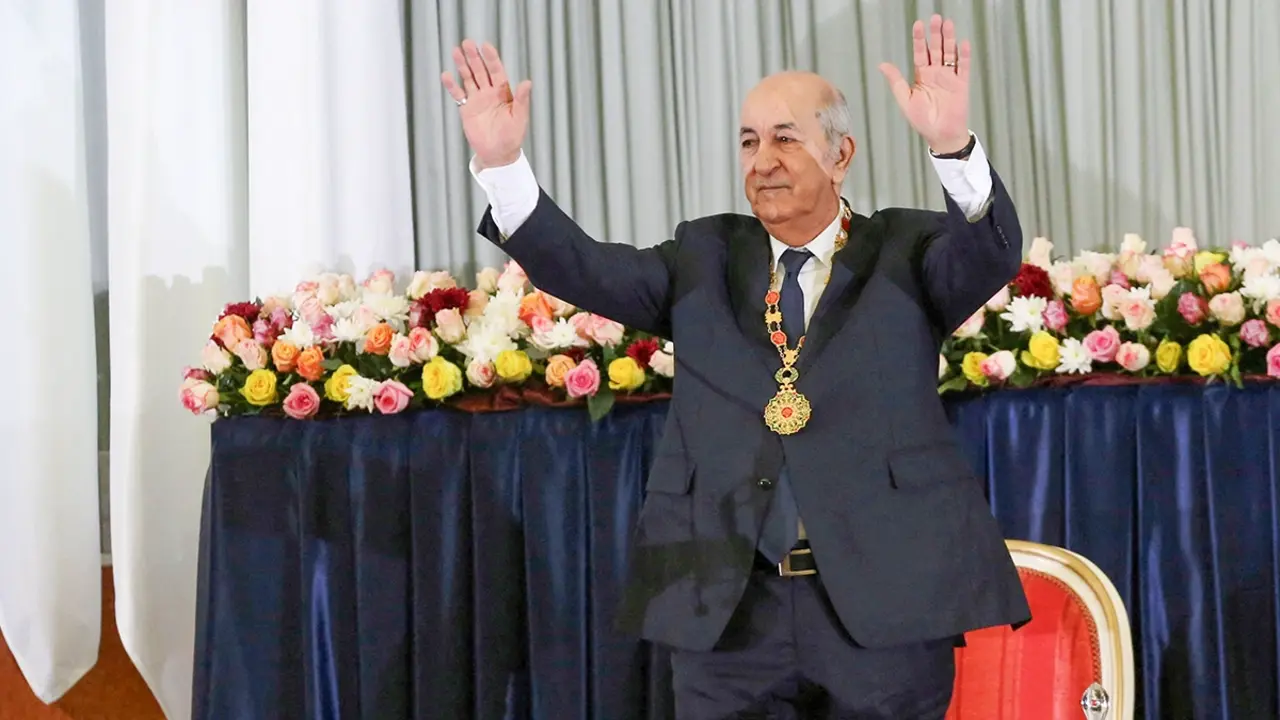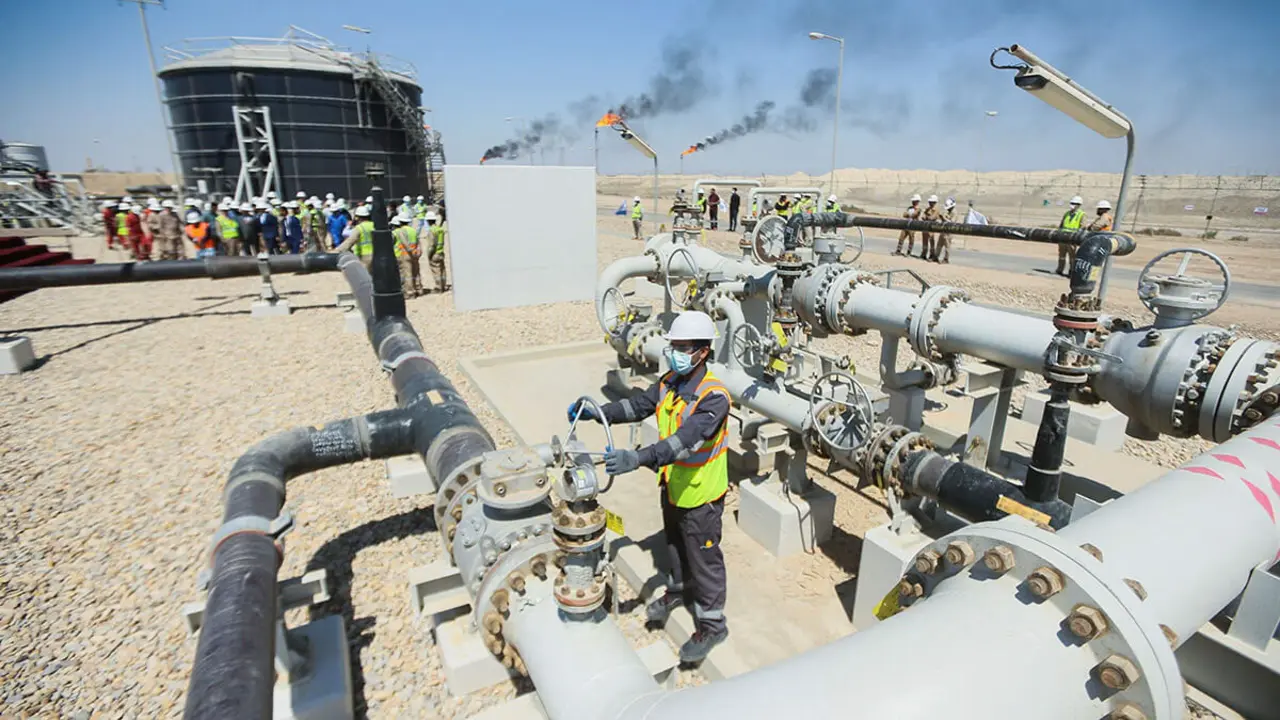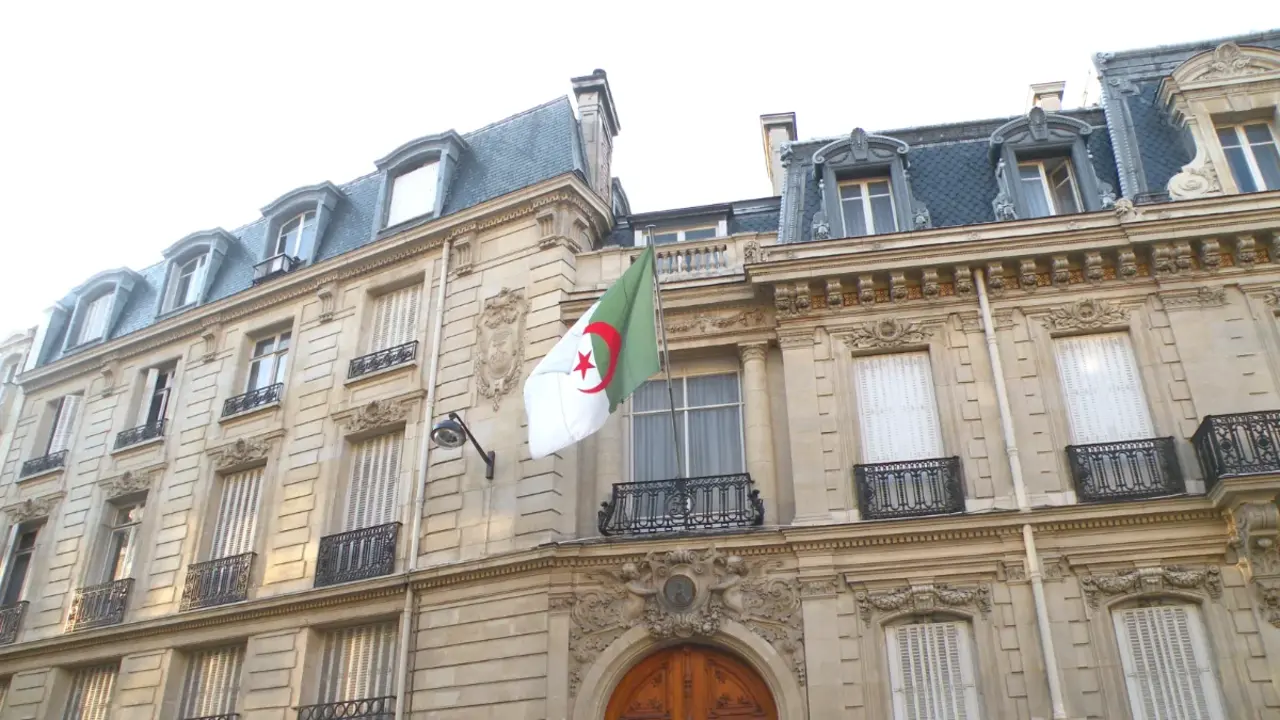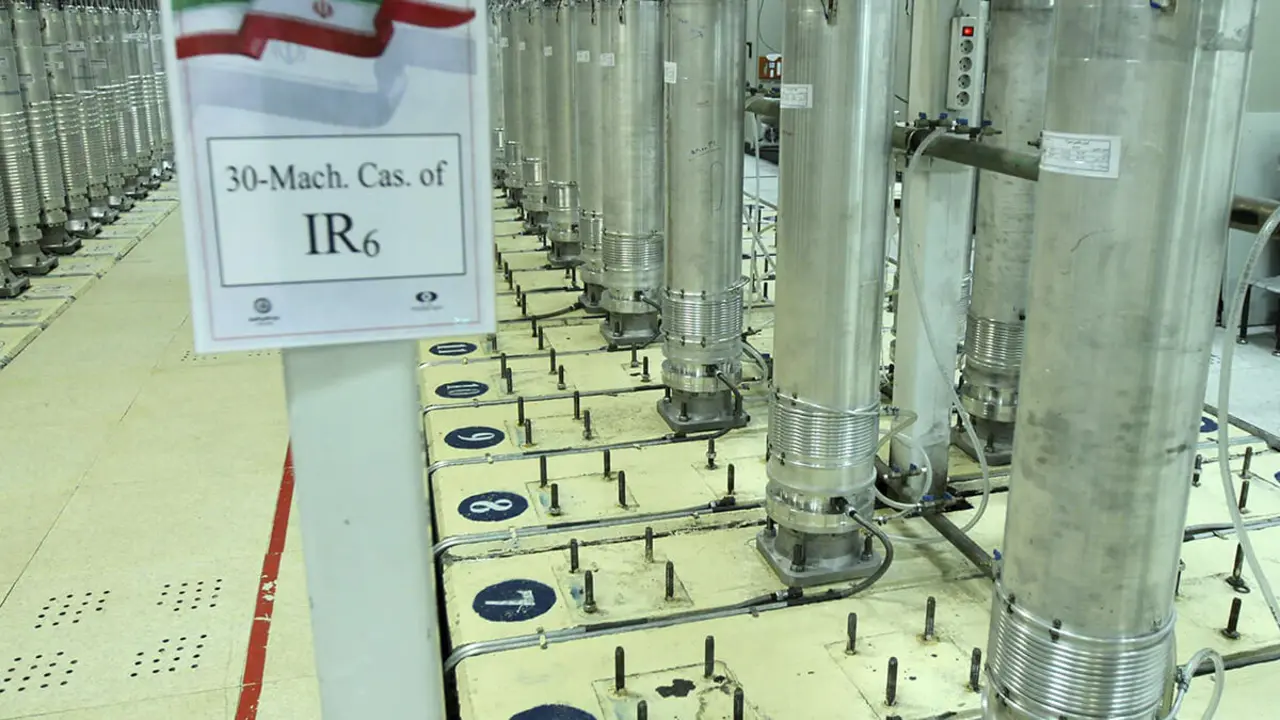Prime Minister Modi close to election victory in India, but with a slim majority
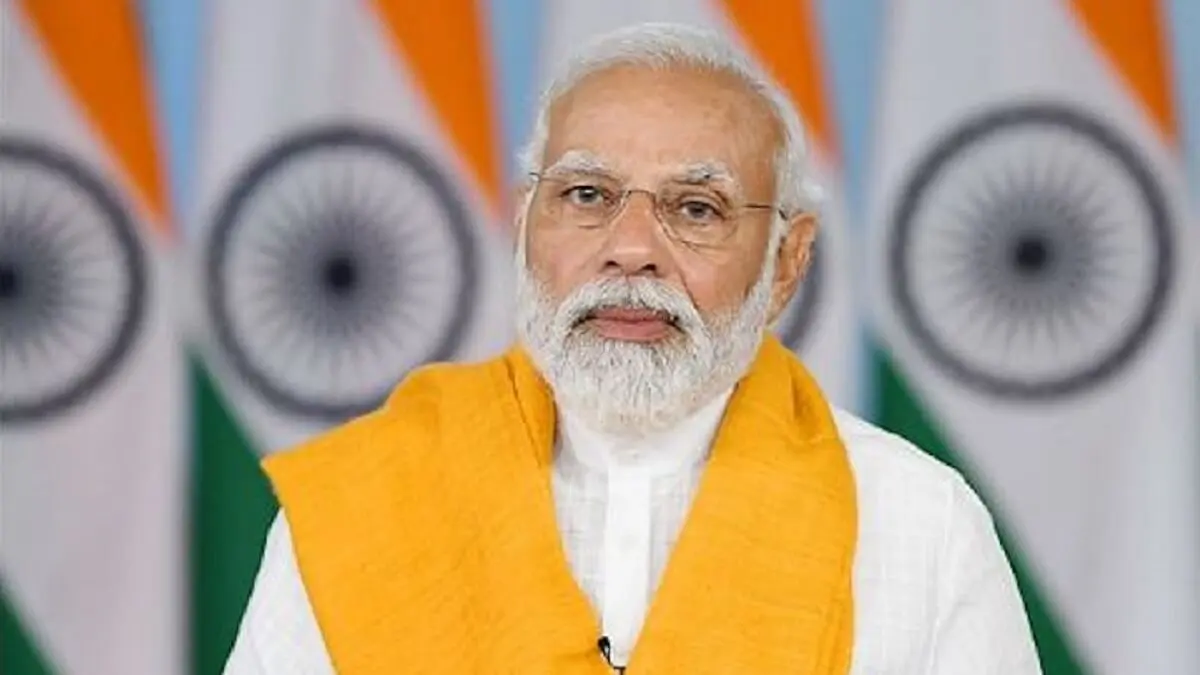
Prime Minister Narendra Modi's party is emerging as the winner of India's legislative elections with 38.1% of the vote after three-quarters of the ballots were counted, although all indications are that its parliamentary majority will be reduced.
This will leave the ruling Bharatiya Janata Party (BJP) and its allies with 286 of the 543 seats in the lower house of parliament, down from 353 in the 2019 elections.
The figure is above the 272 seats needed for an absolute majority.
People have placed their faith in NDA, for a third consecutive time! This is a historical feat in India’s history.
— Narendra Modi (@narendramodi) June 4, 2024
I bow to the Janata Janardan for this affection and assure them that we will continue the good work done in the last decade to keep fulfilling the aspirations of…
Meanwhile, the main opposition Indian National Congress looks set to almost double its number of seats with 99 legislators, up from 52 in the outgoing Parliament.
‘The BJP failed to win a large majority on its own. It is a moral defeat for them,’ opposition legislator Rajeev Shukla told reporters.
After a decade of promoting his Hindu nationalist agenda, the 73-year-old leader is heading for a third term despite opposition accusations and concerns about the rights of religious minorities.
A total of 642 million people participated in the polls, which were divided into seven phases over six weeks, in the logistical challenge of organising an election in the world's most populous nation.
The drop in support for the BJP and its allies weighed on the Indian stock market, with the benchmark Sensex index down 7%.
Shares in the flagship unit of Adani Enterprises, owned by a key Modi ally, Gautam Adani, lost 25%.
Opposition under pressure
At the weekend, Modi, confident of a landslide victory, said ‘people in India voted in record numbers’ in favour of his government.
His opponents improved their voter turnout despite facing court cases they claim are part of Modi's political campaign against dissent.
The US think tank Freedom House said the BJP ‘increasingly used government institutions to attack its political rivals’ this year.
As an example, opponents cite the case of Arvind Kejriwal, chief minister of the capital, New Delhi, who was arrested in March in a corruption case, released in May for the election campaign and jailed again on Sunday.
The prime minister's policies also arouse misgivings among the religious minority of more than 200 million Muslims, who are uneasy about their future in this constitutionally secular country.
The elections posed a logistical challenge in this huge country, with polling stations in megacities like New Delhi and Mumbai, but also in isolated forest areas and in the troubled Kashmir region at the foot of the Himalayas.
To facilitate the counting, voters voted with electronic voting machines.
Counting began at 08:00 local time (02:30 GMT) at counting centres in each state, where data is entered into computers.
Major Indian television stations have reporters in front of each centre racing to announce the results for each of the 543 seats in the lower house of parliament as quickly as possible.
In previous elections, the trends were clear by mid-afternoon and the opposition conceded defeat, although the final results were not published until the evening.
Although the head of the electoral commission hailed a ‘world record’ 642 million votes in the polls, turnout fell slightly compared to 2019, from 67.4% to 66.3%.
Analysts attribute this decline to the high temperatures in recent weeks in northern India, often around 45°C.
At least 33 election workers died of heat stroke on Saturday in the state of Uttar Pradesh, where the thermometer reached 46.9 degrees Celsius.
Election commission chief Rajiv Kumar acknowledged that polling should have ended a month earlier. ‘We should not have done it in such heat,’ he said.

